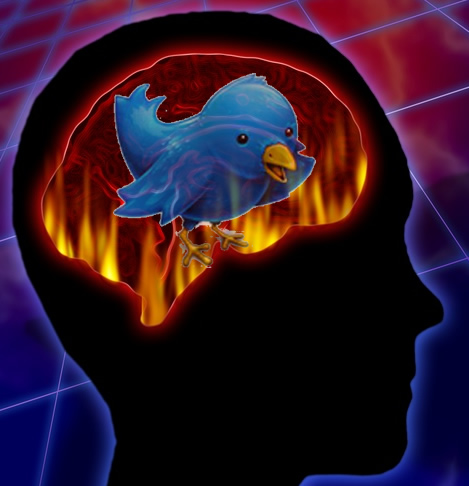Just Ask: another way to flip
I posted about flipping the way we, as teachers, focus our thinking through our subdivided subjects and need to consider a more connected view of learning for our students’ sake. I admit that Swap Week may be a pipe dream, but I thought of a couple more possibilities to connect our own teaching expertise with what is happening down the locker-lined hall and out there in the real world where people never think in “subjects.”
Just ask. In an elementary classroom where kids are more likely to have the same teacher for social studies that they have for math, it could be fairly easy. But how often do we stop and ask,” What could you say about the explorers we just read about that might fit in our math class?” Silence. “Is there anything we learned in math recently that the explorers might have used?” “Yeah… adding up the miles.” Bingo. When the concepts are relatively simple, the connections are simpler. Just ask.
A middle school teacher may not know what kids are studying in other subjects. Just ask. Now that kids are accustomed to points for grades, offer extra credit for any connection they can explain between what you are discussing in class and something else they learned in another class. If a student can explain a connection out loud, 5 points. If he/she writes about it, 10 points. Who knows who will learn more: the students or the teacher. We know time is sacred, so once the kids get in the habit of sharing their own connections, make a Connections graffiti wall so you don’t always have to stop class. Add a connections section to your class wiki. 5 points, 10 points… isn’t it worth it to reward student-made flips? Just ask.

In high school, it gets trickier. The concepts seem so distant. How can we possibly connect Hamlet and oxidation/reduction reactions? Analogies. If a student can explain her idea using an analogy from another subject, 10 points. If he can make you, the English teacher, understand the concept from chemistry class to you via Hamlet, 15 points! At the end of every test, just ask: What character (concept/function/process) from this unit connects in your mind to something you recently learned in another class? Explain.
The greatest challenge: the faculty room. It might take a happy hour at the local pub to start this, but just ask. What connection to my subject can you find in your subject? An adult beverage bonus for the best suggestion from the group. Just ask. You might even learn from that science (or art or math) teacher. Imagine that.












